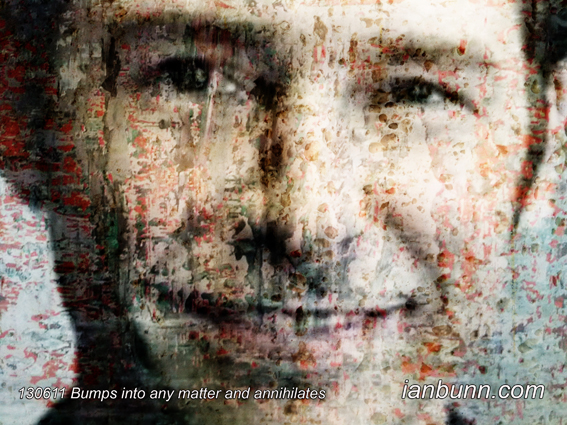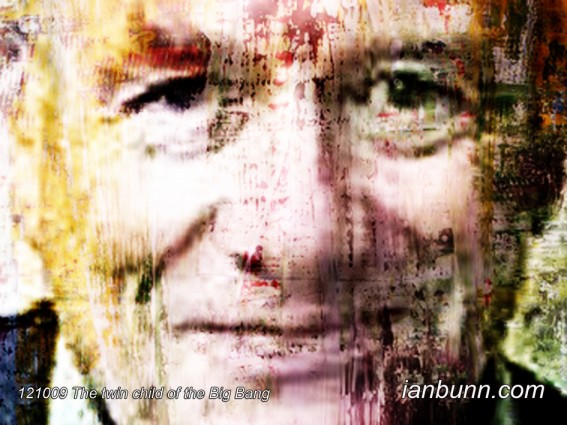 Bumps into any matter and annihilates (June 11 2013)
Bumps into any matter and annihilates (June 11 2013)
Jason Palmer the British Science and technology reporter for the BBC News has published an article titled ‘Antigravity gets first test at Cern’s Alpha experiment’, in which he states “Researchers at Cern in Switzerland have tested a novel way to find out if antimatter is the source of a force termed “antigravity”. Antimatter particles are the “mirror image” of normal matter, but with opposite electric charge. How antimatter responds to gravity remains a mystery, however; it may “fall up” rather than down. Now researchers reporting in Nature Communications have made strides toward finally resolving that notion. Antimatter presents one of the biggest mysteries in physics, in that equal amounts of matter and antimatter should have been created at the Universe’s beginning. Yet when the two meet, they destroy each other in what is called annihilation, turning into pure light. Why the Universe we see today is made overwhelmingly of matter, with only tiny amounts of antimatter, has prompted a number of studies to try to find some difference between the two. Tests at Cern’s LHCb experiment and elsewhere, for example, have been looking for evidence that exotic particles decay more often into matter than antimatter. …the LHCb team reported a slight difference in the decay of particles called Bs mesons – but still not nearly enough to explain the matter mystery. One significant difference between the two may be the way they interact with gravity – antimatter may be repelled by matter, rather than attracted to it. But it is a difference that no one has been able to test – until the advent of Cern’s Alpha experiment. Alpha is an acronym for Antihydrogen Laser Physics Apparatus – an experiment designed to build and trap antimatter “atoms”. Just as hydrogen is made of a proton and an electron, antihydrogen is an atom made of their antimatter counterparts antiprotons and positrons. The trick is not just in making it, but in making it hang around long enough to study it – before it bumps into any matter and annihilates…”
Inspired by Jason Palmer, BBC ow.ly/laBDO Image source LinkedIn ow.ly/laBo8
